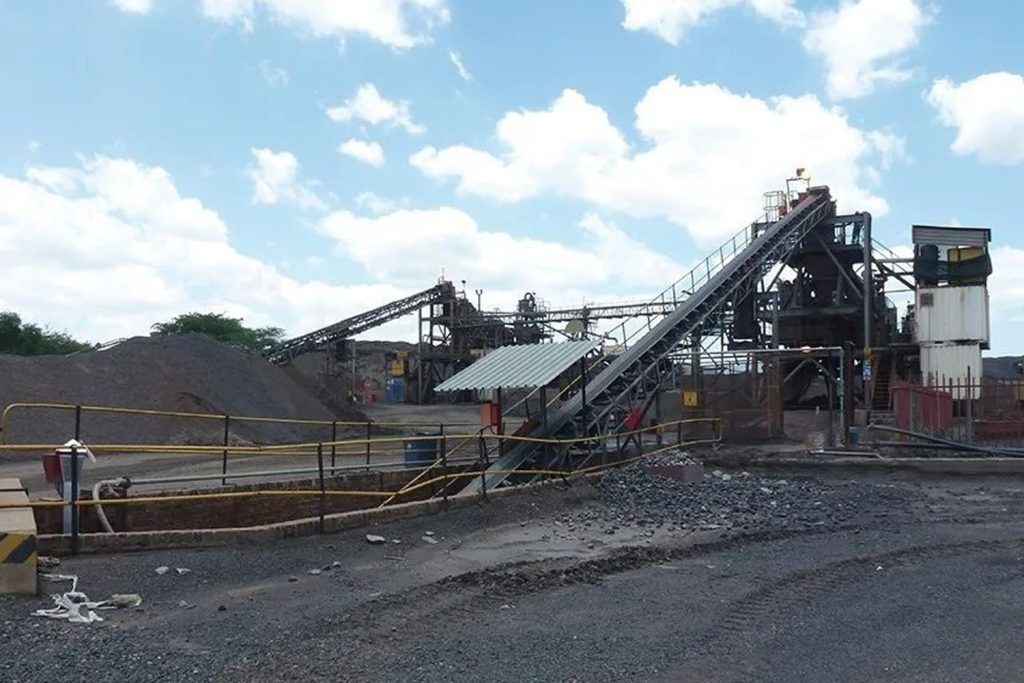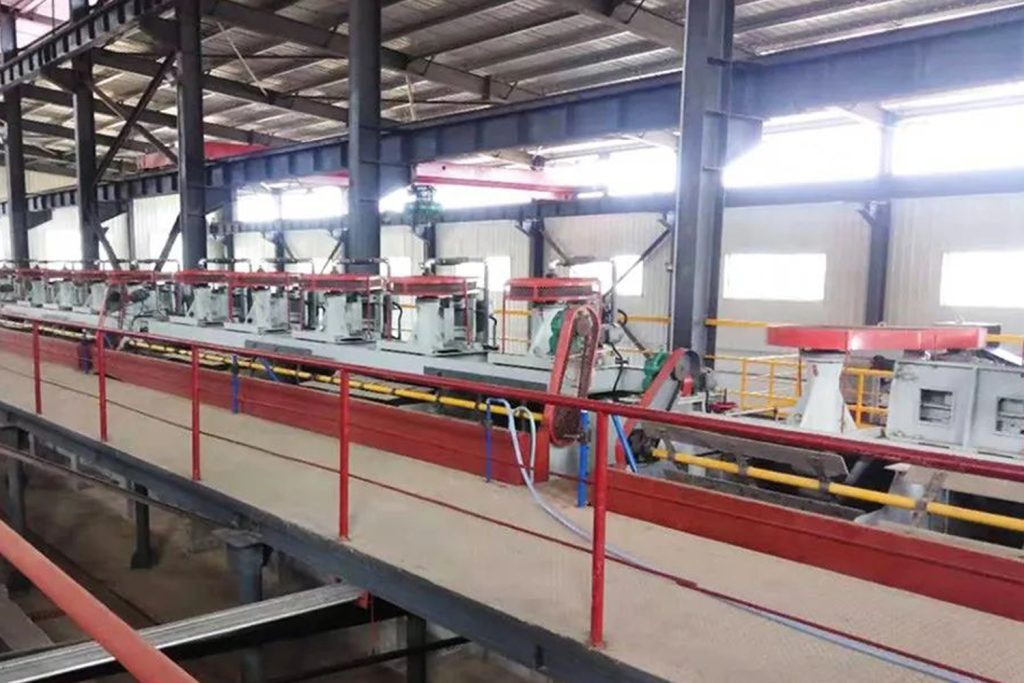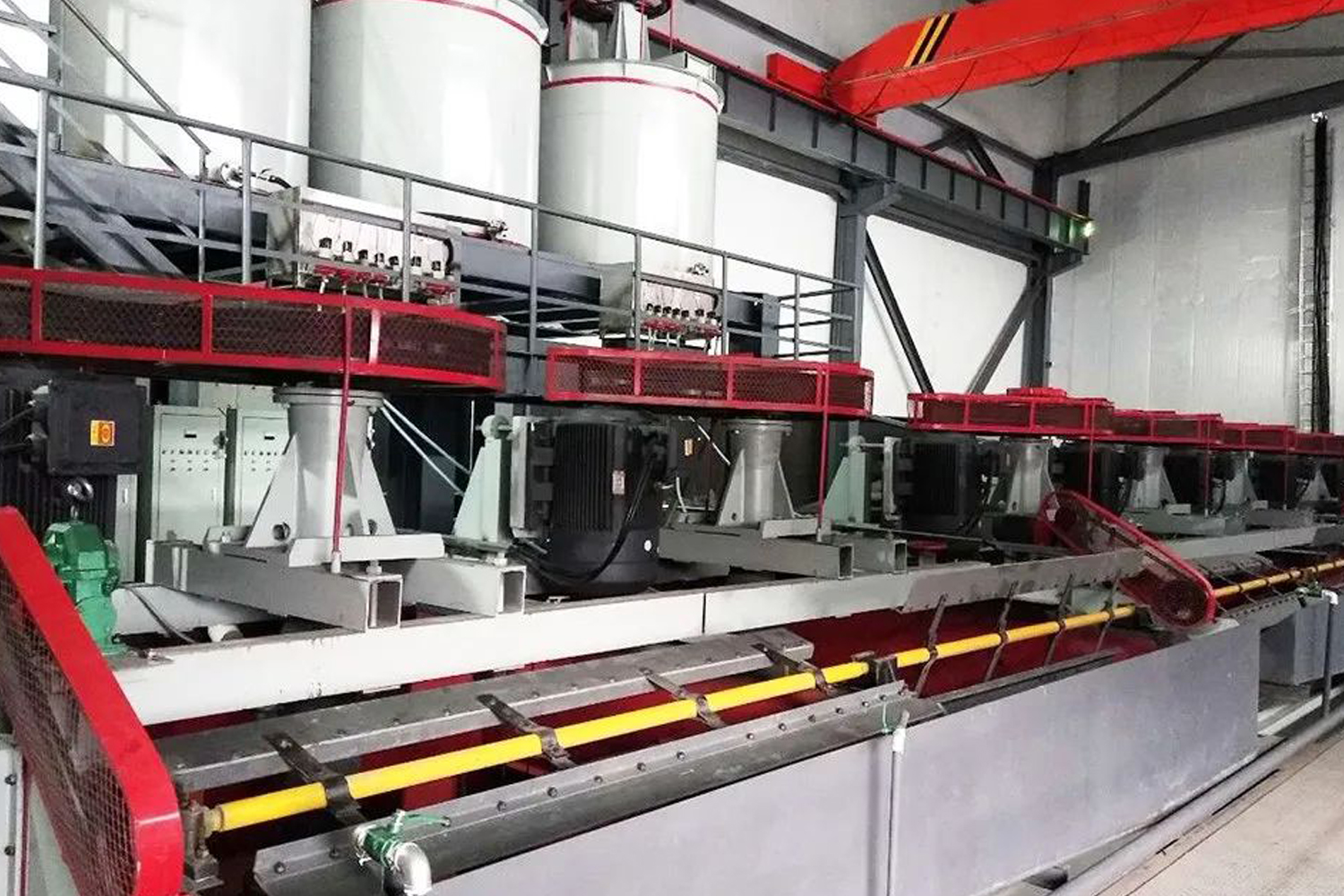In the mineral processing of iron ore, a single reselection or magnetic separation process sometimes cannot obtain qualified iron concentrates, especially for finely disseminated iron ores, which often undergo flotation treatment on the concentrates obtained by reselection or magnetic separation.
The main flotation processes for iron ore include cationic reverse flotation and anionic positive flotation. In this article, we will mainly discuss the factors affecting iron ore flotation.
Three main factors affecting iron ore flotation
Different iron ores have large differences in floatability. For example, the floatability of magnetite is far inferior to that of hematite. For different types of iron ores, different flotation reagents are used.
In addition, concentration also affects iron ore flotation. Therefore, this article selects three aspects as the analytical focus: types of iron ore, flotation environment, and flotation reagents.

The influence of different types of iron ore on flotation
There are many and complex types of iron ore, and the industrial iron ores that can be used currently include magnetite, hematite, magnetite-hematite, and titanium magnetite. Due to the large differences in the floatability of these iron ores, they have a significant impact on the selection of flotation types. In iron ore, the iron ores with better floatability are hematite, pseudo-hematite, limonite, and siderite.
Coarse-grain hematite is usually treated by reverse flotation, while fine-grain hematite can be floated by positive flotation. The floatability of pseudo-hematite is slightly inferior to that of hematite, but both positive and reverse flotation processes can be used to process it.
Siderite has similar floatability to pseudo-hematite and can also be applied to both positive and reverse flotation. The effects of reverse flotation and positive flotation on the two iron ores are better than those of positive flotation.
For magnetite, which has poor floatability, reverse flotation is generally used to float vein minerals in iron concentrates, which can significantly reduce the impurity content in the concentrates.
Oxidized iron ore with water is relatively troublesome because it is hydrophilic, soft, and easy to mud, and different processes are used for different types of ores, depending on the properties of the ore itself.
The influence of iron ore flotation environment
Here, the flotation environment mainly refers to the change of pH value. Different iron ores have different requirements for pH value, and different pH values will also affect the recovery rate.
Hematite and pseudo-hematite have strict requirements for pH value. Excessive high or low pH values will cause their recovery rates to fluctuate.
The appropriate pH range for hematite is between 6.5 and 7.5, while the appropriate pH range for pseudo-hematite is between 7 and 8. For siderite, the choice of flotation process will change under different acid-base environments.
In a strongly alkaline environment, siderite can use cationic collectors for flotation, and in a neutral medium, anionic collectors can be used for capturing.

The influence of iron ore flotation reagents
In terms of reagents, the common flotation reagents used for iron ore include cationic collectors, anionic collectors, and inhibitors. Among them, cationic collectors commonly use ether amine collectors to capture quartz and silicates in iron ores.
Because these reagents are relatively simple, require low water quality, and can withstand low temperatures, they are often used in the flotation of iron ores. There are also many types of reagents, such as oxidized amines, coconut oil amines, and soybean oil amines.
The anionic collectors used to capture iron minerals include fatty acids, fatty acid soaps, sulfonated soaps, and so on. Comparatively speaking, they are less selective than cationic collectors and have stricter requirements for pH values. Often, inhibitors need to be used in combination to suppress vein minerals.
For anionic positive flotation, it is also necessary to choose an activator according to the properties of different ores. Common activators include calcium oxide, which can enable iron silicate minerals to be floated by organic acids. Starch is commonly used as an inhibitor for iron ores. The specific use of reagents needs to be determined based on the properties of the ore after the ore is tested.
In conclusion
The above are some of the factors affecting iron ore flotation. With the analysis above, we can find that due to the complex nature of iron ore, there are significant differences in the mineral processing for different types of ores.
In the actual production application of each mining owner, it is necessary to determine the appropriate process flow based on the different properties of the iron ore after the experiments are completed to achieve good recovery results.
